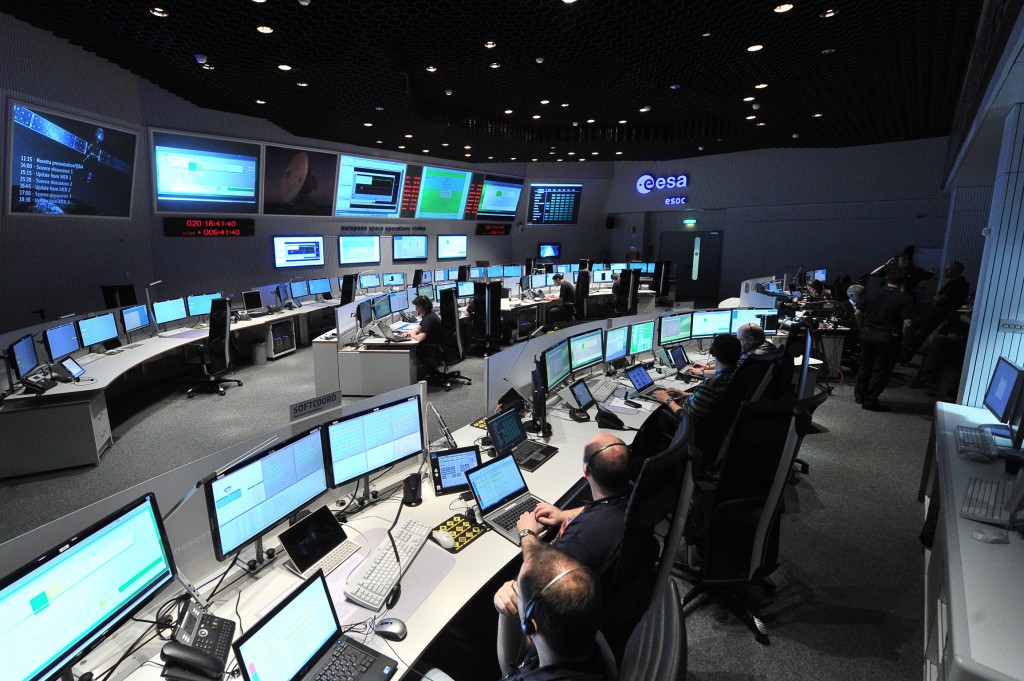Following last week’s wake-up of the Rosetta comet-chaser, ESA’s flight controllers have conducted the first in a series of health checks aimed at assessing how well it came through 31 months of hibernation.

Rosetta’s first signal after exiting hibernation was received by both NASA’s Goldstone and Canberra ground stations at 18:18 GMT/ 19:18 CET on 20 January 2014, during the first window of opportunity the spacecraft had to communicate with Earth. It was immediately confirmed in ESA’s space operations centre in Darmstadt and the successful wake-up announced via the @ESA_Rosetta twitter account, which tweeted: “Hello, World!”
“We were most concerned about power, and seeing if the solar arrays were generating sufficient electricity to support the planned recommissioning activities,” says Andrea Accomazzo, Spacecraft Operations Manager.
“But even though we were still 673 million km from the Sun, we were getting enough power and the arrays appear to have come through hibernation with no degradation.”









Discussion: no comments